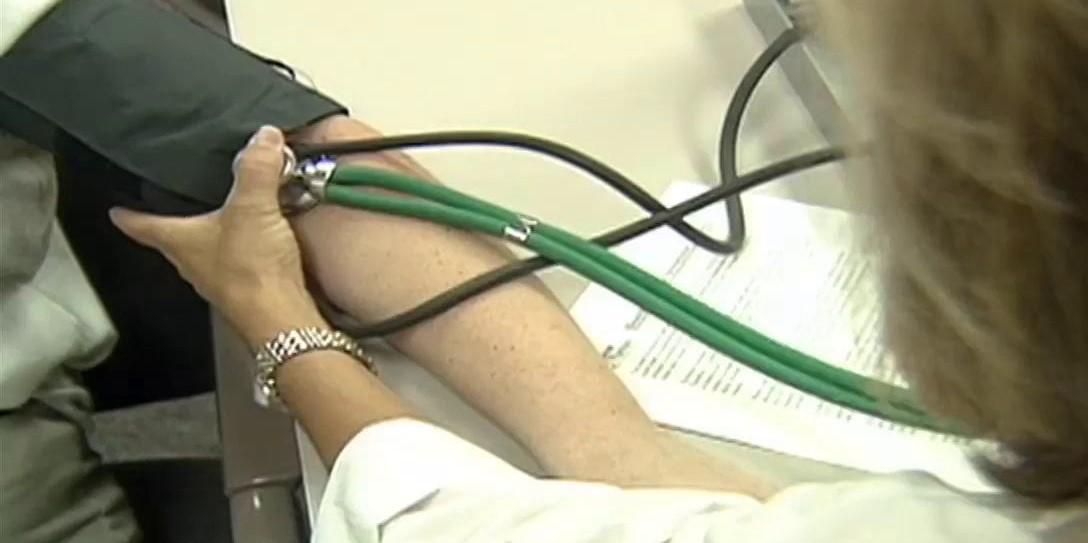National Heart Foundation hits back at criticism that its new hypertension guidelines are confusing
The National Heart Foundation has hit back at criticism that its new hypertension guidelines are “confusing” and may undermine the use of absolute risk assessments.
The foundation’s new advice is to initiate treatment in patients at moderate risk (10-15% risk of a cardiovascular event in the next five years) and a persistent blood pressure of over 140/90mmHg.
This conflicted with other guidelines, in particular The National Vascular Disease Prevention Alliance (NVDPA) guidelines, to which the National Heart Foundation also had input, Professor Mark Harris, chair of the RACGP’s expert committee for quality care, said.
“This could be seen as a move away from, or to weaken the focus on absolute cardiovascular disease risk as a trigger for treatment initiation,” Professor Harris said.
The draft guidelines were seen by the college, among other groups, during the consultation phase, although some concerns raised were not incorporated into the final recommendations.
Professor Garry Jennings, the Heart Foundation’s chief medical adviser, said he had anticipated the controversy.
“We knew that the absolute risk guidelines from 2012 were held sacred in some quarters, but we recognised the fact that there was a whole lot of new data that I don’t think was particularly inconsistent with the absolute risk guidelines,” Professor Jennings said.
“And certainly there was no intent to move away from absolute risk in terms of assessing people,” Professor Jennings said, noting the calculations used to assess CVD risk in the recent international studies did not perfectly align with the Australian risk calculator.
The changes were driven by two recent meta-analyses, Professor Nicholas Zwar, GP academic and co-author of the guidelines, said.
“The hypertension guidelines group thought there was sufficient evidence in terms of total CVD events, stroke reduction and all-cause mortality to suggest that treatment should be initiated in that group,” he said.
Dr Charlotte Hespe, who sits on the college committee for quality care, said the additional recommendations for people in lower risk groups introduced a dilemma for GPs.
“One of the issues is bracket creep, and these guidelines increase the number of patients that are medicalised,” she said.
There were a greater number of potential patients in the moderate-risk group than the high-risk group, and a push to treat them might divert time and resources away from the high-risk group, Dr Hespe said.
“Is it a reasonable cost to bring on the healthcare system with a burgeoning number of prescriptions, when there is not that much evidence that we’ll make a difference?” she asked.
“Why not stick with those strategies we know will work, like improving compliance in high-risk patients who are hard enough to engage with, rather than significantly increasing the number of people needing medication?”
The National Heart Foundation also defended its recommendation to aim for a target blood pressure of <120mmHg in uncomplicated, high-risk groups.
This change was prompted by the landmark 2015 SPRINT trial that found high-risk patients without diabetes had improved cardiovascular outcomes when they achieved a blood pressure of <120mmHg compared with those at 136mmHg.
The trial was stopped early because the intervention proved beneficial, although patients in this group were at a greater risk of adverse events.
Professor Zwar stressed that the lower target was not recommended for all patients, and like any guideline, should be taken into consideration by the prescribing GP in the context of holistic treatment of the patient.
In patients who tolerated more aggressive treatment, clinicians were urged to closely monitor them for adverse events such as hypotension, syncope and renal impairment.
Another point of contention is the guidelines’ recommendations to start combination therapy in patients with readings 20mmHg systolic and 10 mmHg diastolic over target. The college said there was a lack of evidence to support this recommendation.


